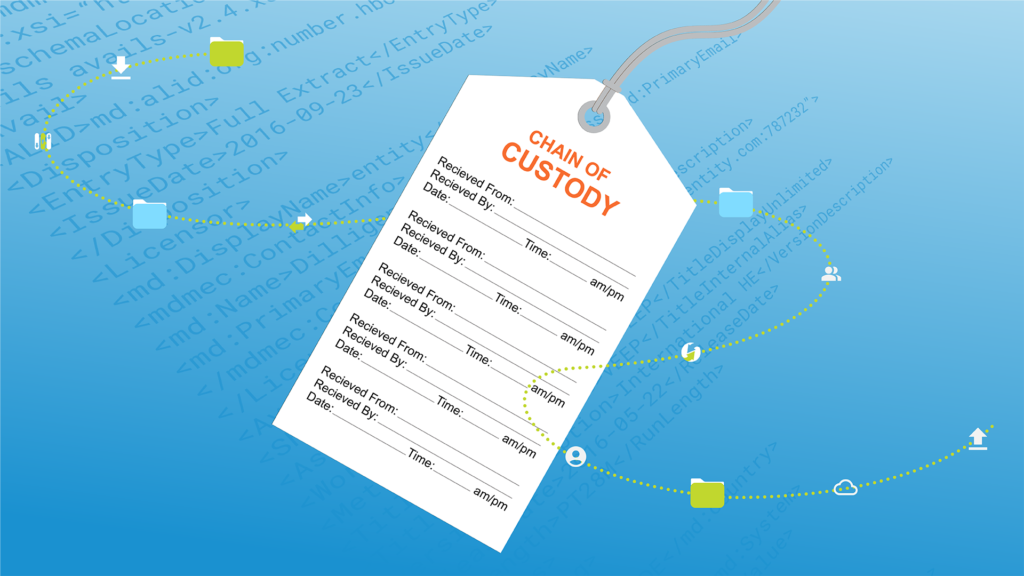At Your Service: How Signiant Customer Support Achieves a 90+ NPS Year After Year
The advent of cloud technology has greatly expanded the conversation around what media companies expect from their technology stack, including rethinking build vs. buy decisions. It’s now possible to build almost anything in-house, and, as such, there’s usually someone in the organization who advocates doing so. While there are certainly situations when developing your own solution can make sense, there are also many reasons to seek help from outsiders. And although finding the right trusted advisor can be a challenge in itself, the benefits can certainly be worth the effort. Organizations often underestimate the complete costs of supporting a homegrown solution when making a build vs. buy decision. As a result, they fail to properly value off-the-shelf SaaS solutions in their decision process.
With any leading SaaS (Software-as-a-Service) solution, the Software is not just delivered to you via the cloud; you’re also getting first-responder Service teams. These teams monitor the software 24×7, offer onboarding and support, and take action immediately if there’s any interruption to service. They are also responsible for providing routine updates to the software and ensuring the software is secure ⎯ and the costs are shared across a large customer base so you benefit from economies of scale. Rather than burdening the customer, the best SaaS solutions take on the responsibility of consistently and constantly providing a great product, and building long-term relationships with the businesses that rely on them. This is what often gives SaaS the advantage.
However, not all vendors are fully invested in the relationship with their customers or their service responsibilities. Some may outsource components or have in-house customer service and SRE teams who are not integrated with product development, creating major disconnects and inefficiencies. These disconnects prove especially damaging for teams working remotely or navigating disruptions such as those caused during the 2020-2021 pandemic. In short, because of the dynamism of modern media, problems on a vendor’s end are magnified on the customer end. The results are often ugly.
Signiant introduced the first true cloud-native SaaS solution into the media supply chain back in 2012 with the launch of Media Shuttle. Since then, we’ve continued to innovate, introducing two additional SaaS products, Flight and Jet, all built on the same SaaS platform and with the same cloud-native approach. Signiant is especially committed to a high services standard, delivered through three teams that work alongside Signiant product development and our customers. Our customer support program, for example, routinely garners Net Promoter Score (NPS) in the 90s year after year.
SaaS offers media architects benefits often overlooked with building modern media technology workflows. This part one of three of a new Signiant blog series discussing three of those benefits — Customer Support, Customer Success, and Site Reliability Engineering.
Best Practices in Customer Support
Customer Support is the group tying all our product teams together, a key service in any software company. Led by Jad Abdul-Rahim, Signiant’s vice president of technical support and professional services, Customer Support has evolved considerably since Signiant released its first SaaS product in 2012.
In many companies, support teams are siloed away from most of the company or even outsourced. They are, after all, the ones who deal with customer issues, and some business leaders don’t want them influencing company culture too much.
That is a missed opportunity and a failure to understand the real value and insight these teams provide. Signiant’s transition to SaaS revealed the power of Customer Support, not only for our customers, but for our products, and our culture. In short, the influence that many other companies shun is exactly what Signiant embraces, helping us to continue to design and update our products and our perspective based on what we hear from our industry.
The biggest objective testament to this is the support team’s consistency in achieving an over-90 Net Promoter Score yearly – meaning over 90% of people who interact with Signiant support would recommend it to others.
Being objective about your own customer service is difficult to achieve. Just because a vendor thinks they’re offering satisfactory service does not mean the customer feels the same. This can lead to a breakdown in communication and trust.
The positive attitude and genuine investment that define our support team have been at the core of Signiant throughout its twenty-year history. This focus on transparency and close communication with our customers is one of the founding Signiant SaaS principles.
The 6 Pillars of Signiant Customer Support
Our overall approach can roughly be categorized into six steps that create a positive feedback cycle, starting with Customer Support calls and tickets.
1.Customer Support Calls and Tickets
More customers and regular releases mean a higher volume of support tickets and calls. The support team takes several steps initially to streamline their response time and ensure every customer’s technical issue is addressed:
➜ Launched an all-in-one online Customer Support tool on support.signiant.com where customers open tickets, review articles, watch training videos, and generally self-serve general support needs. The support site can be found at http://support.signiant.com.
➜ Improved internal systems ensuring efficiency in call routing and handling.
➜ Implemented a 24×5 tiered support model to handle all customer calls and tickets efficiently.
2. Solving Problems as a Team
A big factor in the support team’s success is effective internal collaboration, sharing, and supporting each other when needed. Everyone on the team learns from each issue and expertise is shared across the team. Fostered by an open office concept, the team hears all of their coworkers’ conversations with customers.
“Building a positive team culture can be challenging when the day-to-day team role is to address problems. However, it is much easier when team members understand that collaborating on issues results in delivering a high standard of support,” says Jad. “With leaders of 20 years’ experience on the support team, a culture of team collaboration and knowledge sharing has fostered development, encouragement, and growth, leading to an overall better customer experience.”
3. Collaborating with Engineering
Signiant’s open-office concept supports effective collaboration with the engineering team as well. “We ensure there are no barriers or complex internal processes for cross-departmental collaboration and escalations. Exceptional customer experience is an organizational goal within Signiant and requires contribution from multiple teams,” explains Jad. “We promote open communication to provide rapid releases and changes within our SaaS products. This positive team environment extends to customers.”
The support team not only reports technical issues customers encounter, but also provides feedback based on pattern tracking to the product team. “We track patterns within issues that customers report and provide the information to product management, so engineering is aware of any areas for improvement.”
4. Voice-of-Customer Data
VOC data is one of the best ways to understand the real value of your customer service. Using it to calculate an annual Net Promoter Score helps companies track improvement over time. Signiant generates an annual Net Promoter Score for Customer Support by asking one simple question to every customer that submits a ticket and calculating a score for the year.
“On a scale of 0-10, how satisfied were you with the resolution we provided today?” The results are categorized:
➜ Promoters (9-10): Customers highly satisfied with your product or service and rave about you.
➜ Passives (7-8): Customers content with being a customer of your business, but don’t love you.
➜ Detractors (0-6): Customers not happy with your product or service and have had a negative experience.
A company’s Net Promoter Score is the percentage of “promoters” among the total survey results. The survey gives the support team another opportunity to interact with customers and fix any issues.
“We take detractor responses seriously and review each one as a team. We follow up with the customer to understand what we could have done better,” says Jad. “And, even though it doesn’t change the score for that year, it ensures we learn from the feedback and continuously improve our customer experience.”
5. Redefining Goals and Actions
This leads to a retrospective period for revisiting goals and making sure the team is aligned. From reviewing the support team’s basic Service Level Agreement (SLA) to improving the support site and ticket response process, Jad and the team are committed to redefining goals based on customer feedback and aligning their practices with them.
6. Confidence and Transparency
With those steps in place, the result is a boost in confidence across all teams. A funny thing happens when you learn to take feedback and are transparent about areas that still need improvement; you get to see how useful your products really are.
“We understand we may not be able to make everyone happy all the time, and it’s true people mostly call us only when they have issues,” says Jad. “But we also get to see firsthand how mission critical our products are for so many people. It’s very motivating to be part of their success story.”
While many issues uncovered by Customer Support go directly to the product development team, some specific problems that require more troubleshooting go to SRE and their array of monitors, logs, and other tools that keep everything up and running.
M&E is a dynamic and challenging industry, and those who succeed most often are those who have an infrastructure to match that. The best SaaS solutions can help an organization get there, proving that no enterprise has to go it alone.


